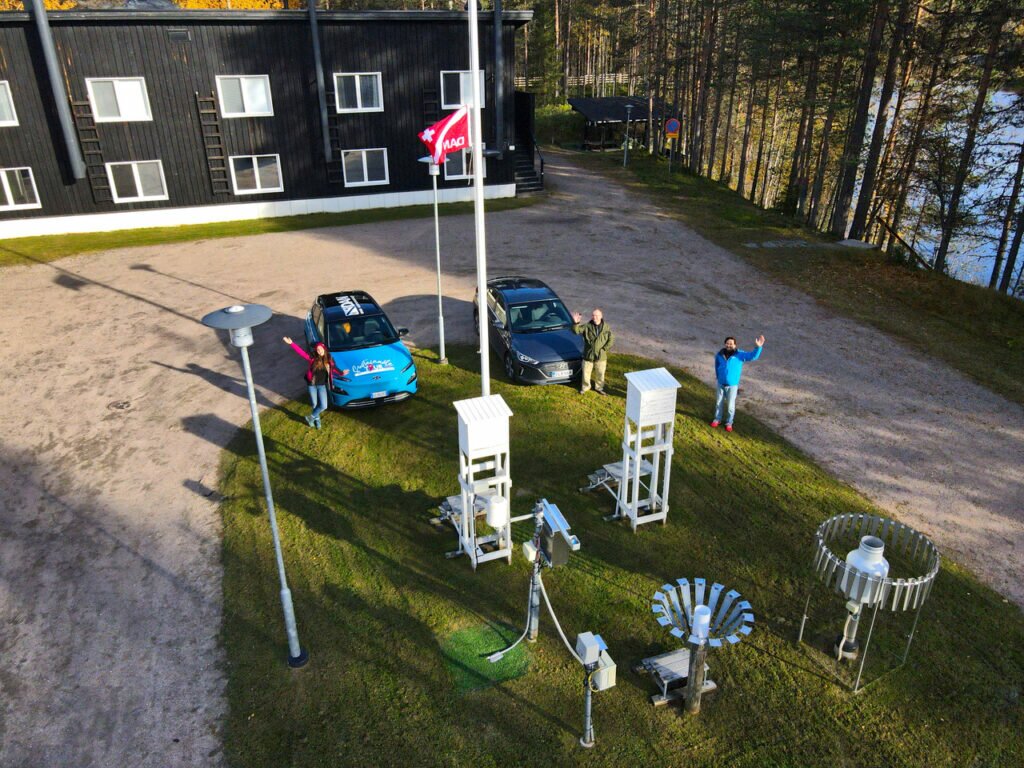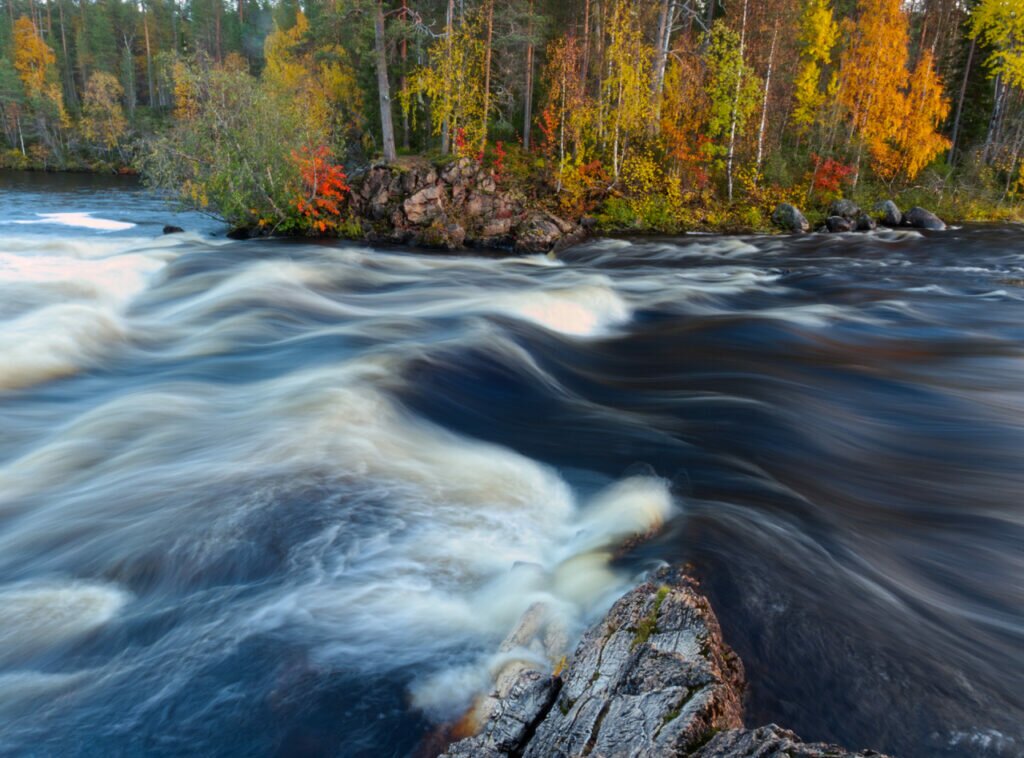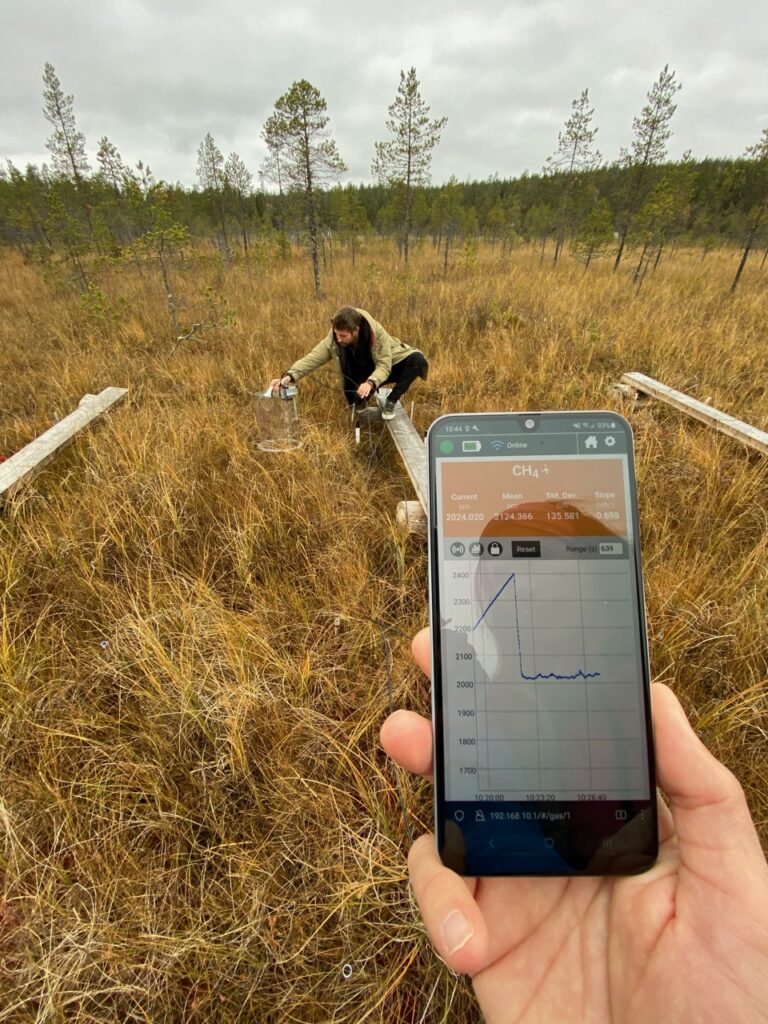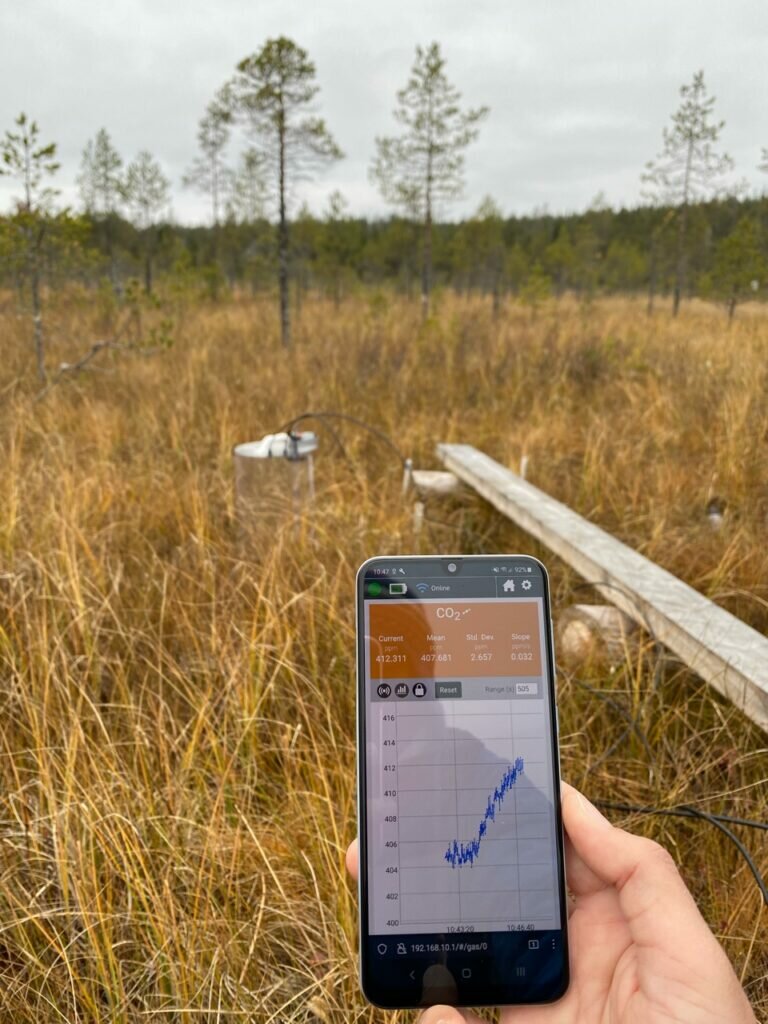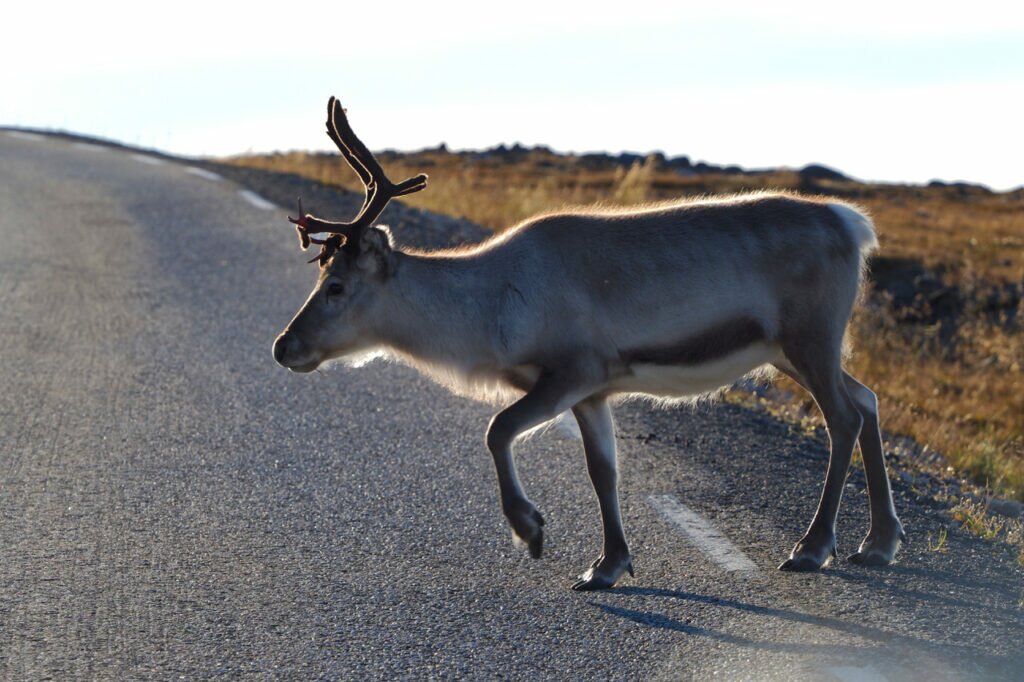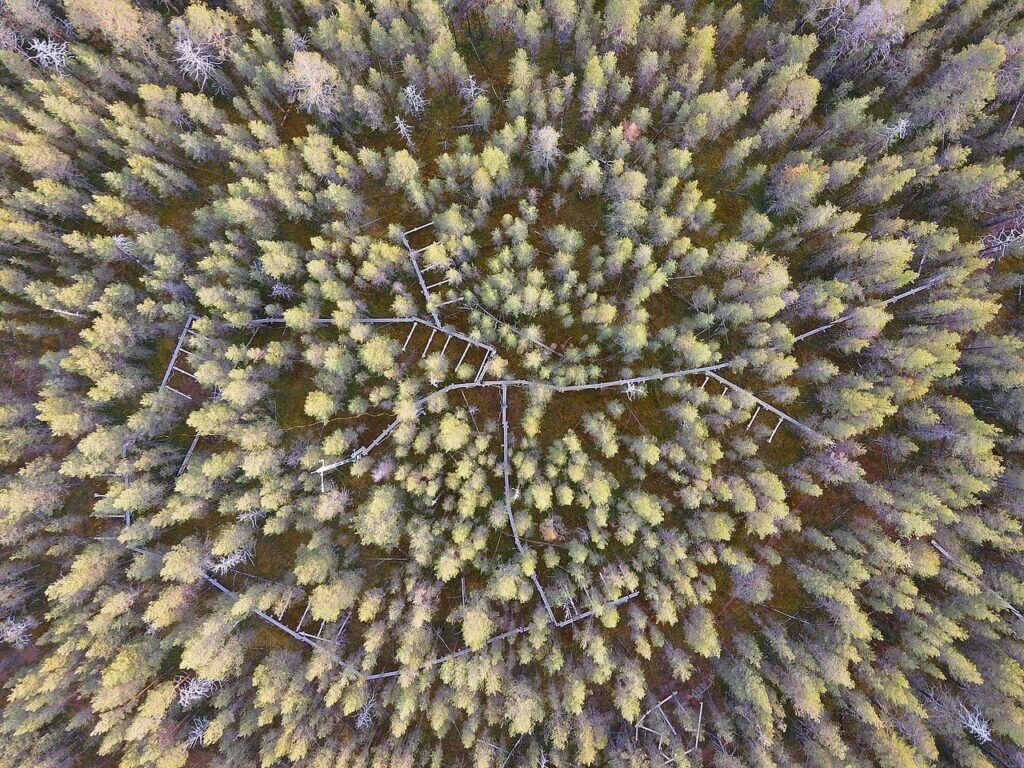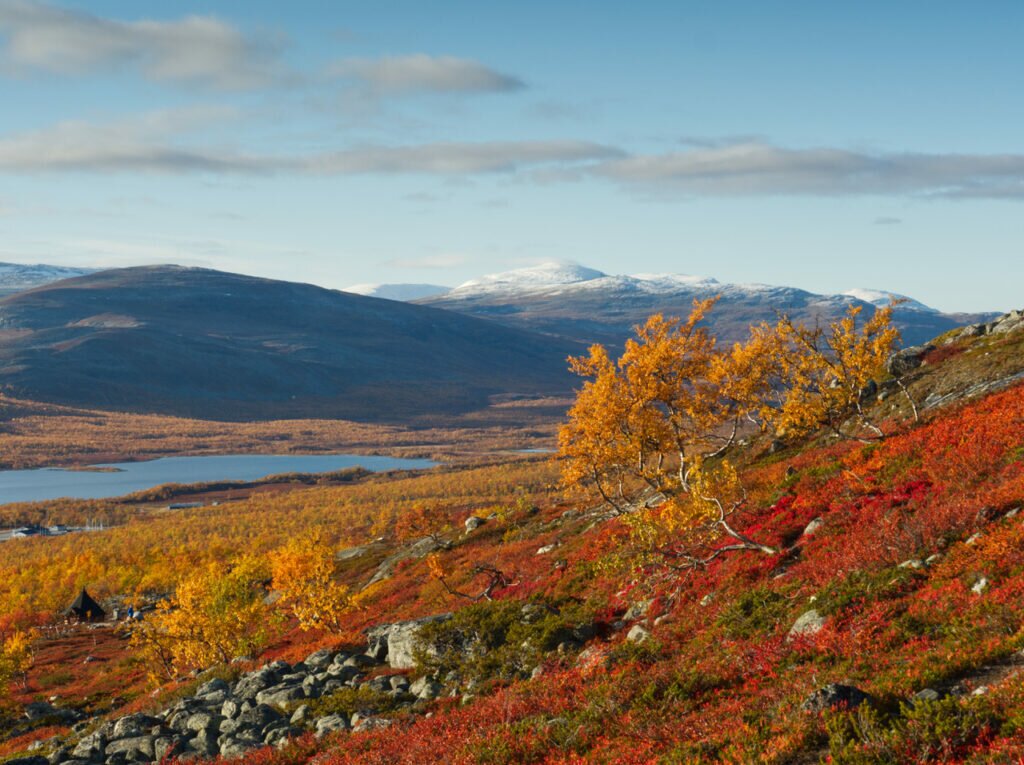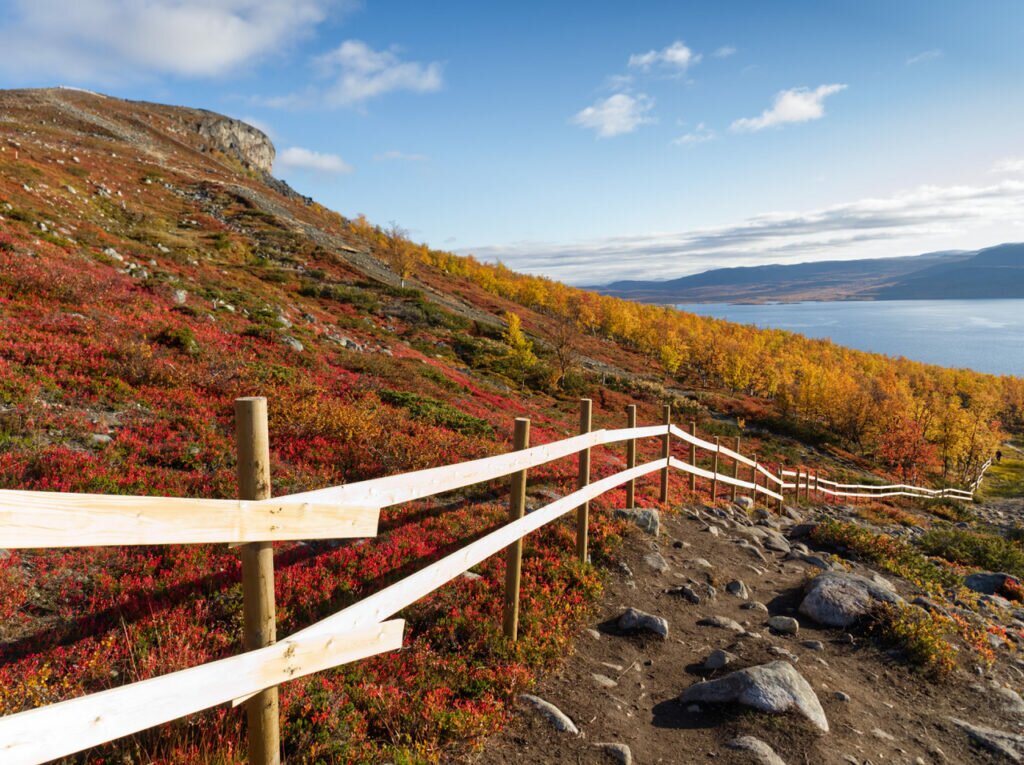In the previous blog ‘How is Climate Change Affecting The Ocean? – What You Need to Know as a Diver’, we explained why we must reduce our carbon footprint to restore oceans’ health.
“Ocean Acidification is a problem that can only be corrected from land, by reducing our CO2 emissions.” — Alana and Manu, Sustainable Tour Ambassadors.
It is therefore essential for us to support the transition to a zero-emission planet in all our activities.
CO2 saved after 17,000 km touring Europe: 2.4 tons
To achieve our goal of visiting companies, organisations and policy makers that offer products, services or create policies that support ocean protection and a more sustainable future, we have worked hard to make the Sustainable Tour, in fact, as sustainable as possible.
We are doing our best to bring to those involved the knowledge we have —as professional divers— about the real situation of marine ecosystems, raising awareness and encouraging them to improve their practices. In addition, we have also found inspiring solutions to the environmental challenges ahead, all of which are explained in detail in the articles on this blog.
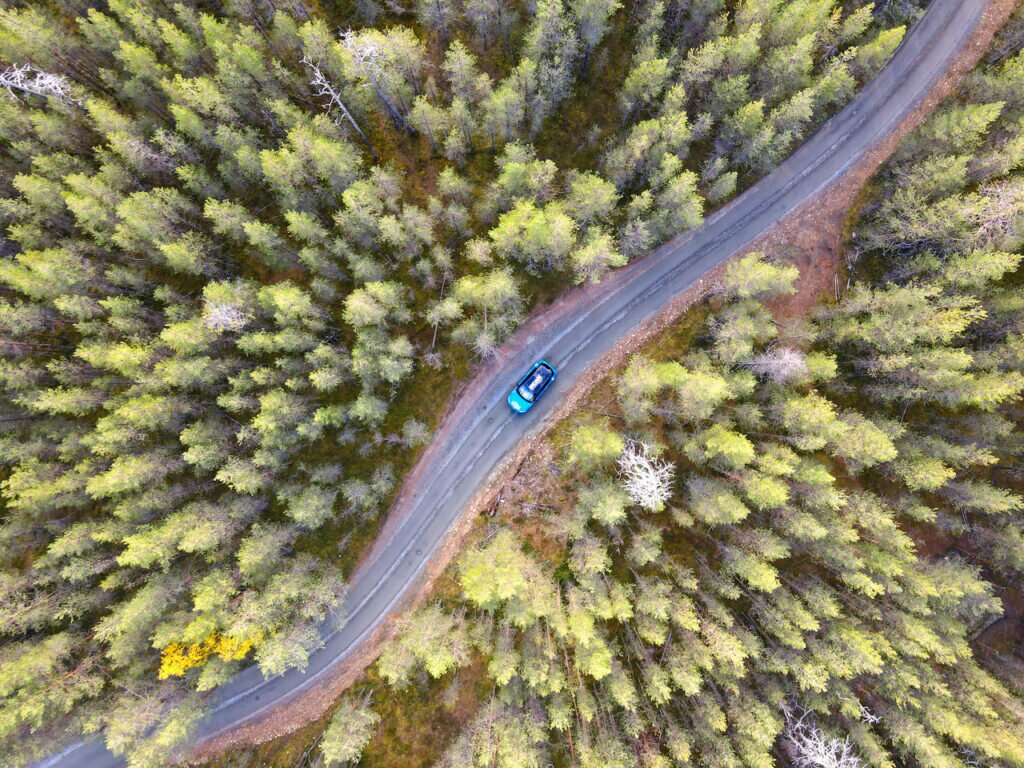
By using an electric vehicle provided by Hyundai and partnering with Ionity, a charging network that provides only renewable energy, we ensure we get our message across, avoiding transport-related CO2 emissions.
To find out more about #whywedoit, you can listen to the latest Hyundai Podcast, in which we share our experiences so far championing sustainable practices.
Furthermore, we wanted to understand the science behind monitoring the increasing CO2 emissions that are affecting our planet and our ocean. To this end, during our time in Finland, we visited a network of University Research Stations that cooperate across the country for long-term environmental monitoring.
RESTAT
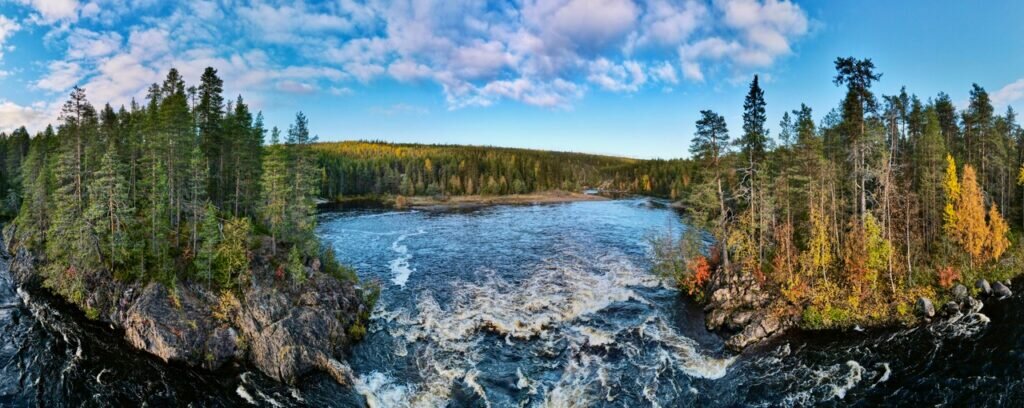
This World class Research Station Network offers excellent logistics and support for research and teaching. With their long history the stations are able to provide long term environmental back-ground data sets from the Baltic Sea to the north of Finland. The stations have modern infrastructure to support a wide variety of research, from field studies to laboratory analyses.
The aim of the network is to strengthen cooperation between all university stations.
Finnish Scientific Diving Academy (FSDA) at TVÄRMINNE ZOOLOGICAL STATION
Tvärminne Zoological Station is a marine station located at the entrance to the Gulf of Finland. It serves as a centre for a large variety of high quality biological research and offers facilities for field courses and seminars. TZS is open all year round and we welcome visiting scientists to conduct their research at TZS.
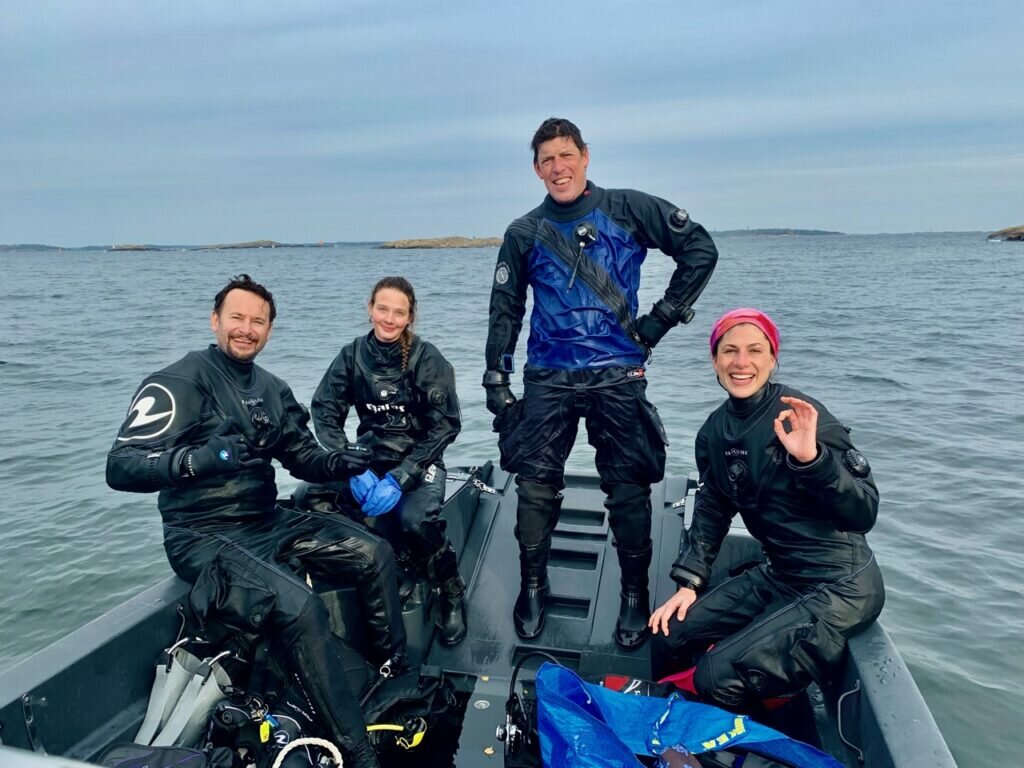
The Finnish Scientific Diving Academy (FSDA) is now being established in the facilities to revitalise the training of scientific divers in Finland. The goal is to create a leading first-class facility in cold water based scientific diving.
The FSDA will offer education for professional scientists looking for specialist or more advanced training, student level courses to encourage the next generation of marine scientists as well as citizen scientists interested in developing their dive training in that area.
As the academy grows, more specialist courses including polar research diving, underwater propulsion vehicles and other advanced technologies will be offered.
OULANKA RESEARCH STATION
Oulanka Research Station is situated in Kuusamo as a regional unit of the University of Oulu. It’s modern research and educational facilities provides an inspiring environment not only for researchers and teachers, but also for organisers of courses, seminars and conferences.
Research projects focusing on environmental and climate change monitoring include:
- Towers and several sensors measuring: temperature, humidity, precipitation, air pressure, wind speed, the difference between incoming and outgoing solar radiation, snowdepth, quantity of carbon dioxide, soil temperature and humidity.
- Experimental research to find out the influence of climate change on vegetation. Surveys on local flora, fauna and environmental conditions.
- The influence of reindeer grazing and farming to environmental change.
- Phenological monitoring and analyses of water quality in streams, rivers and ponds.
The environmental monitoring programmes of the station were complemented by EMEP, the European Monitoring and Evaluation Programme.
KILPISJÄRVI BIOLOGICAL STATION
Long-term monitoring forms the core of research at Kilpisjärvi Biological Station.
The station has a broad cooperation network within Finland and abroad. Also participates in several research projects to monitor Climate Change, among them:
- INTERACT, a project that seeks to build capacity for research and monitoring all over the Arctic.
- Seismic measurements: the measuring station of the Institute of Seismology is located on the station’s premises.
- Finnish Meteorological Institute’s Aurora measuring stations are also located in the premises.
The station is also involved in awareness-raising projects, in collaboration with Bioart Society, a Helsinki-based association producing and facilitating activities around art and natural sciences.
Good decisions for the environment
Long-term monitoring provides essential evidence on which to base good environmental decisions. This is one way in which greater connections can be made between science and policy to achieve our common goal of a healthy planet.

